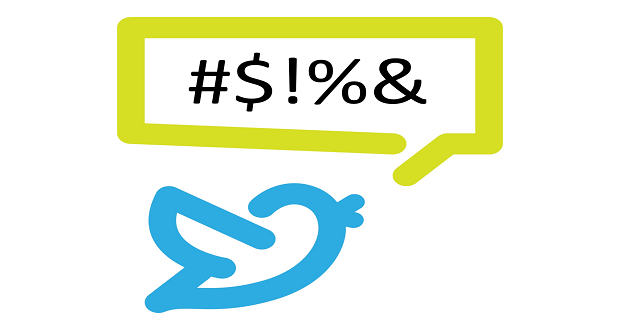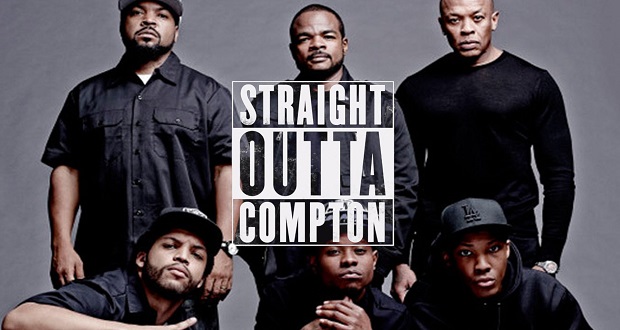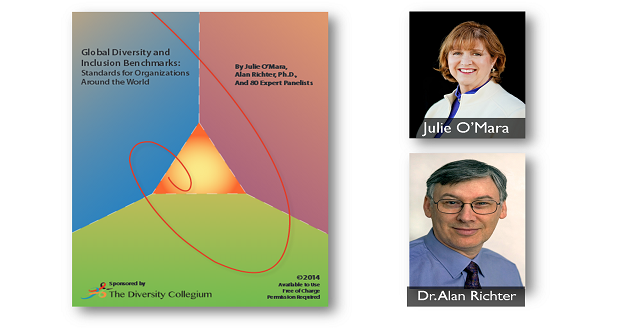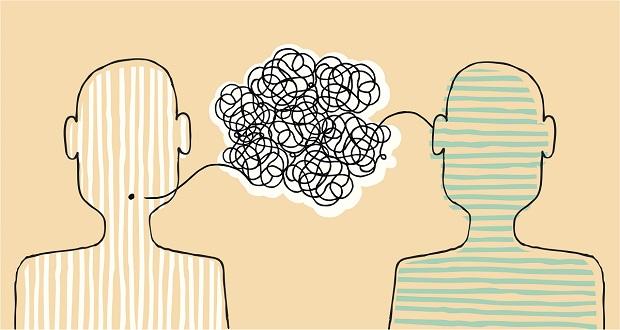
The outrageous racist and sexist response by some students at the University of Illinois Urbana-Champaign to Chancellor Phyllis Wise’s decision to keep the University open on Monday even in the wake of sub-zero temperatures, demonstrates yet again the power of social media to remind us that unfortunately racism is alive and well.
The tweets that were posted with hashtag #F***Phyllis degenerated from anger, disappointment and disbelief to personal, racist and sexist attacks against Wise who is Asian American. The account amassed over 1000 followers in a matter of minutes. Comments included “Asians and women are not responsible for their actions”; “Communist china no stop by cold”; “Phyllis Wise is the Kim Jong Un of chancellors” to parodies that were much worse in disparaging Asian Americans.
Encouragingly, there were also a number of counter tweets that expressed disgust and several alumni of Urbana Champaign weighed in with their concern. One alum said that he was not surprised as there is still support on the campus for a banned racist mascot “Chief,” that is still endorsed by students as an unofficial mascot. The writer also added: “We can’t continue turning away from holding students accountable for their behavior in digital spaces. Safe spaces are a university aspiration, but may disassociate online behavior from student life, which is concerning in an increasingly digital age…. The campus needs to take bias-motivated incidents on the internet more seriously.” Apparently there have been other instances of hate crime on this campus.
I am often asked in diversity training sessions if I think that the younger generation is more accepting because they have presumably had more exposure to diversity. This recent incident at University of Illinois Urbana-Champaign is just one example of many other incidents of racist rants being carried out in social media which bring to the conclusion that younger people are not necessarily more unbiased and accepting of difference. The rise in bullying in schools is another indicator that our young people may becoming less, rather than more, accepting.
I am not sure how much diversity and inclusion education students receive in K-12 and/or how much is included in college curriculums. Of course diversity education is quite common in the corporate and not-for profit sectors. Not that I think diversity training alone is the answer, but it would indeed be a start. The first place, however where values are developed is in the home. So the question would be, what are parents teaching their children about diversity? Children learn to hate. They are not born with prejudice.


















